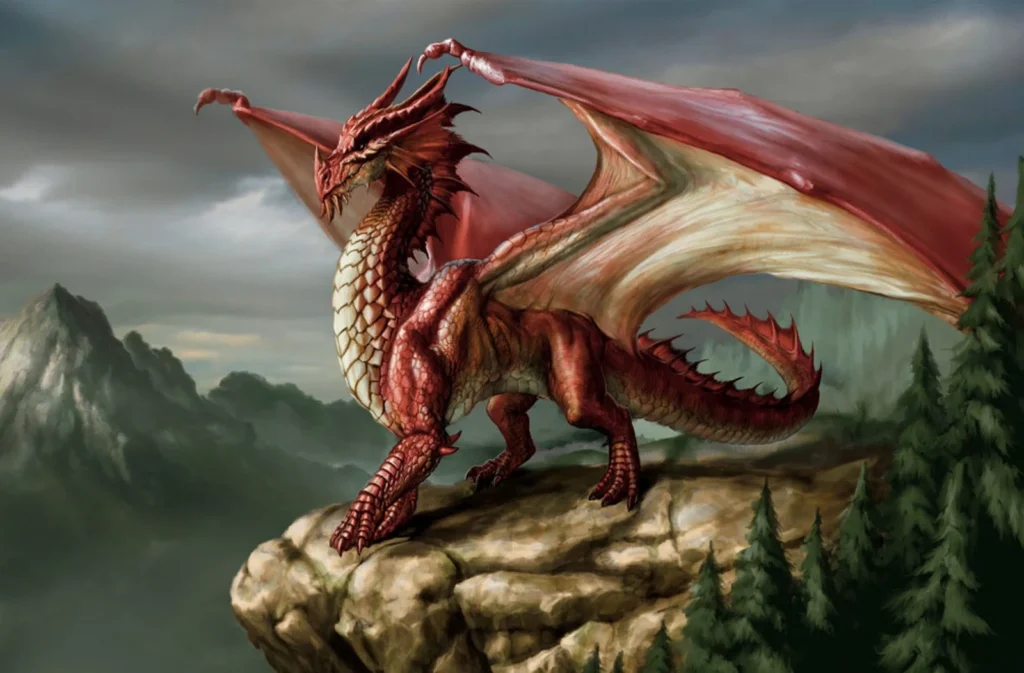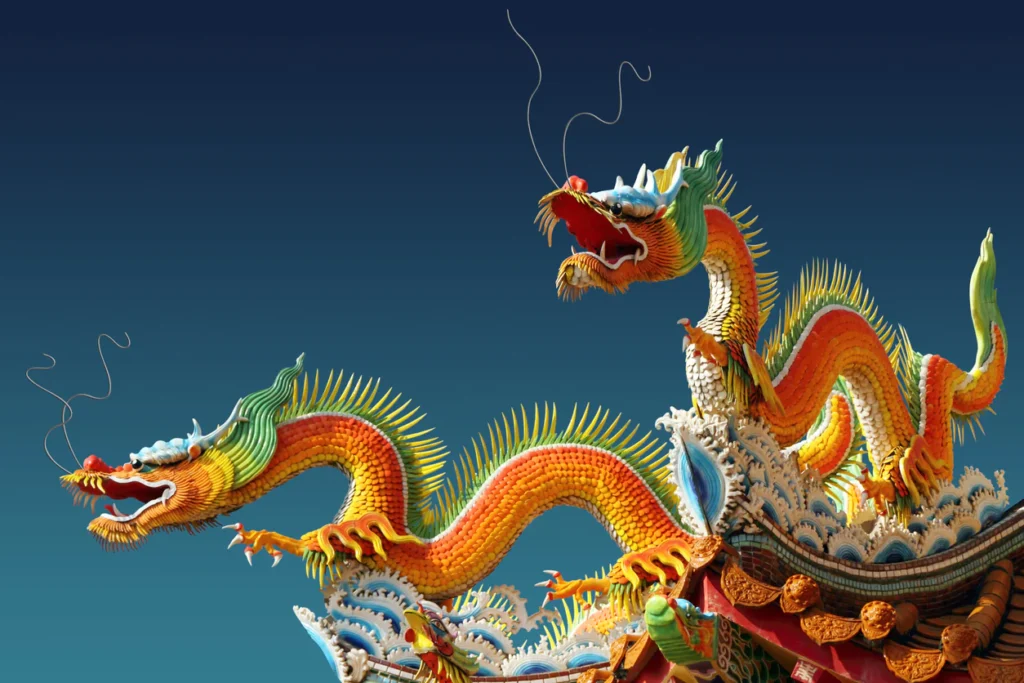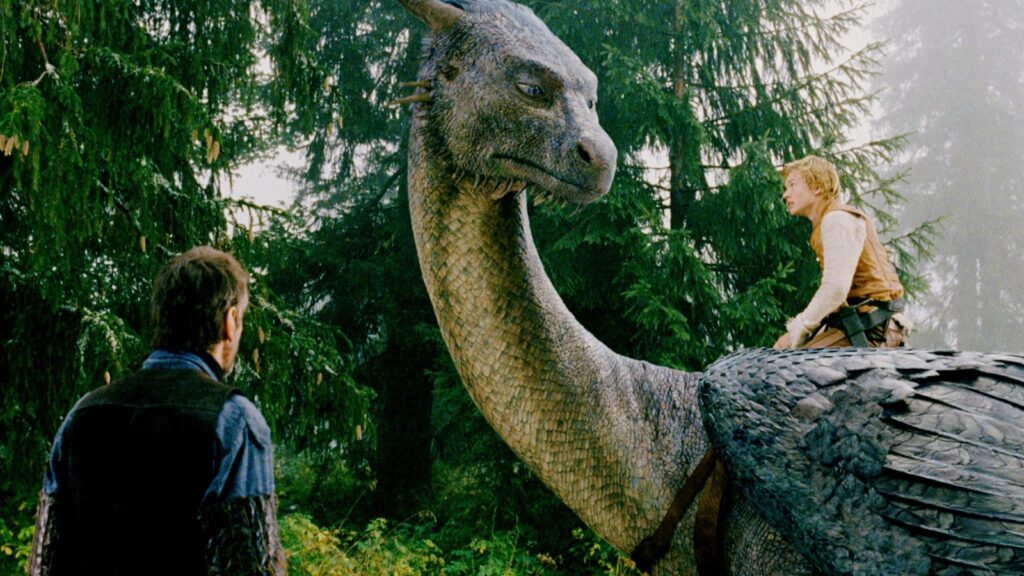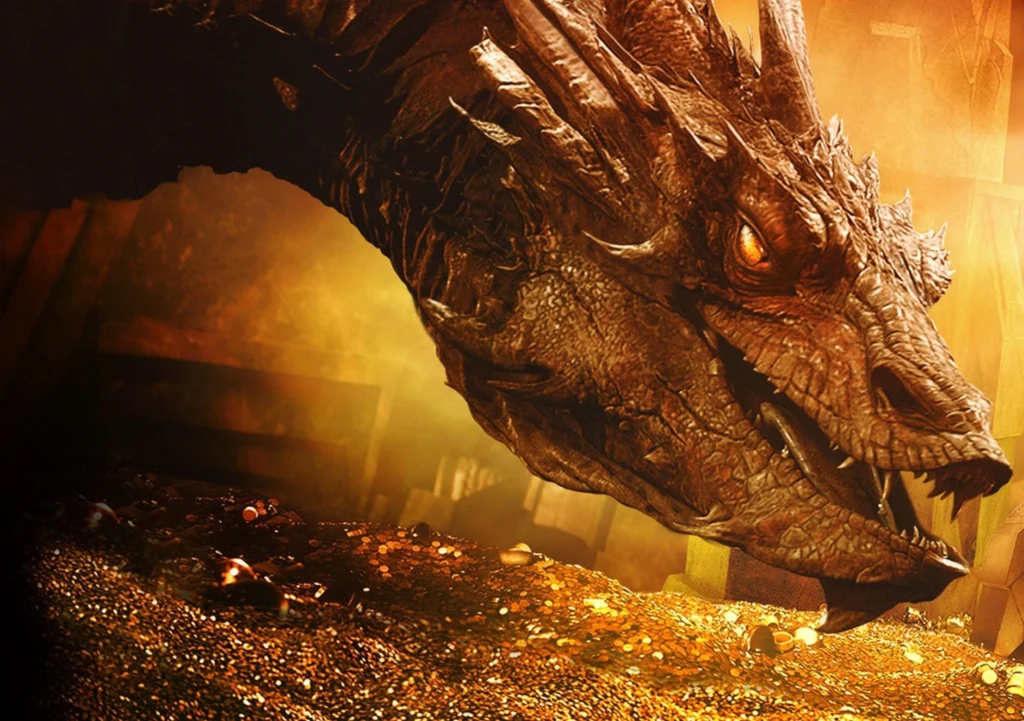Depictions of Dragons in The Hobbit and The Inheritance Cycle: Mythological Exploration: Dragons are one of the most popular creatures to have walked in the vast field of human imagination. Their tales have endured for millennia, first through mythology and then through fantasy fiction. Dragons are portrayed as very different creatures in The Hobbit and The Inheritance Cycle, with them being malevolent in the former and friendly for the most part in the latter. The way they impact all living races in both these texts also differs greatly. For the same, the understanding of dragons in Chinese mythology and European mythology is crucial, where they are both positively and negatively portrayed.
In this essay, I attempt to highlight these different depictions of dragons while referring to Chinese and European mythologies. In the process, the article will try to study the dragon characters and their relationships in The Hobbit by J.R.R Tolkien and The Inheritance Cycle, also known as the Eragon series, by Christopher Paolini.
- How are Dragons Depicted in European Mythology?
- How are Dragons Depicted in Chinese Mythology?
- Depiction of Dragons in The Inheritance Cycle by Cristopher Paolini
- Discussing The Relation Between Different Races and Dragons in The Inheritance Cycle by Christopher Paolini
- Smaug - The Dragon Antagonist in The Hobbit by J. R. R. Tolkien
- Summing Up
How are Dragons Depicted in European Mythology?

The Latin word for a dragon – Draco – means snake or serpent. It is connected to the Christian association of snakes and the Devil, going back to the story of Adam and Eve and how they were tempted by Satan in the form of a serpent into eating from the Tree of Knowledge. In the Bible, references to an enormous red dragon with seven heads whose tail sweeps one-third of the stars from heaven down to earth (held to be symbolic of the fall of the angels) are mentioned. This dragon is further representative of the Seven Deadly Sins (Pride, Wrath, Greed, Lust, Envy, Gluttony, and Sloth). In later medieval Europe, dragons came to symbolize anger, treachery, envy, and even great calamity. A dragon was imagined to be a winged, serpent-like creature that resides underground because it was believed to be an ancient creature of the earth.
How are Dragons Depicted in Chinese Mythology?

In Chinese culture, dragons are viewed positively in various ways. For instance, the dragon is one of the twelve Chinese zodiac signs. According to legend, thousands of years ago, Yandi, a legendary tribal leader, was born through his mother’s telepathic connections with a mighty dragon. With the dragon’s help and allied with another legendary tribal leader, they began developing what is today known as Chinese civilization. Yandi and Huangdi came to be considered the ancestors of the Chinese people. They refer to themselves as the descendants of Yandi and Huangdi and the descendants of the Chinese dragon. Later, emperors in Ancient China were believed to be sons of dragons rather than humans, which was symbolic of them yielding power over the common folk, who were not allowed to have dragons depicted on any of their belongings. Today, Chinese dragons also symbolize luck, prosperity, strength, and nobility.
Unlike dragons in European mythology, dragons in Chinese mythology do not have wings but are still capable of flight. They do not breathe fire and are visually depicted as having long bodies like snakes and talons like hawks rather than dinosaur-like bodies. Chinese dragons live underwater, either in a stream or a river, even a sea, and are equipped with the power to summon rain.
Depiction of Dragons in The Inheritance Cycle by Cristopher Paolini

In The Inheritance Cycle, there are clear parallels between the dragons with Chinese mythology relating to dragons influencing the culture of the different races, particularly the Elves.
The Elves and the dragons had a war long ago, according to the history of Alaegasia, called The Dragon War or Du Fyrn Skulblaka in the Ancient Language (the language of magic). They eventually made peace and decided to form a Blood Oath, which would spiritually merge the two races, giving the dragons knowledge and immortality to the civilization of the elves. In fact, it could be said that the Elves born after the Blood Oath descended from dragons in a way similar to the Chinese people. Like the Chinese people, the Elves in Alaegasia also have festivals to celebrate their special bond with dragons, called the Blood Oath Festival or the Agaeti Blodhren in the Ancient Language.
Recommended: Review: Piranesi by Susanna Clarke – Unravelling the Mysteries of the House
In The Inheritance Cycle, The Elven festival involves them bestowing a form of art or magic once a century. Eragon (the male protagonist of the series and a dragon rider), Arya (one of the female protagonists of the series and an elf), and Islanzadi (Queen of the Elves and Arya’s mother) present a poem while Orik (a dwarf and Eragon’s friend) presents a wooden pyramid of interlocking pieces. Oromis (a dragon rider and Eragon’s master) presents a wooden scroll he crafted, and his dragon Glaedr presents a wooden likeliness of Ellesmera, the capital city of the Elves.
While in temperament, the dragons in The Inheritance Cycle are more like the dragons in Chinese mythology; they resemble the appearance of dragons seen in European mythology. For instance, the dragons in this book series have a reptilian appearance. As they mature, they develop the ability to breathe fire.
Discussing The Relation Between Different Races and Dragons in The Inheritance Cycle by Christopher Paolini
The elves initially had a poor relationship with dragons in The Inheritance Cycle due to a catastrophic war called Du Fyrn Skulblaka, which began after an elven youth killed a dragon. This war continued until an elf named Eragon found and raised a dragon hatchling, becoming the first Dragon Rider and eventually bringing peace between the two races, leading to the formation of the Blood Oath and the establishment of the Dragon Riders to help maintain order and peace in Alaegasia.
The dwarves never particularly shared any good relationship with the dragons of Alaegasia. Although the two races never waged a full-scale war against each other, there were several skirmishes between the two, which left a rivalry between the races. Because of this rivalry, they were not included in the Blood Oath, which allowed species to bond with a dragon and become dragon riders. However, their opinion of dragons improved because of Saphira, who restored Isidar Mithrim with her magical powers as a dragon.
The relationship between dragons and their riders, as seen between Eragon and Saphira, is explored in great depth in this series. The dragon and their rider are shown to share an emotional bond, which strengthens throughout the course of the novel to the point where the duo starts to consider themselves as one entity rather than two separate beings. Their love for each other is so great that Saphira is willing to sacrifice everything, including her life and the fate of her entire nation, to protect Eragon. Despite their deep connection, they have disagreements. For example, Saphira disagrees with Eragon’s decision to teach magic to dwarf Orik. She believes it to be too dangerous to share their knowledge with outsiders, but Eragon argues that they need allies in the coming war.
In contrast, Galbatorix, the main antagonist of the series, has two dragons. His first dragon, Jarnunvosk, is presumed to have had a loving and friendly relationship with him, as her death drove Galbatorix mad with grief and led to his desire to be killed. When he was denied a new dragon by the Dragon Riders council, he plotted for revenge and eventually murdered a young rider and took his dragon, Shruikan, for himself. Using dark magic, he bound Shruikan to himself and artificially accelerated his growth rate, leading to the dragon becoming insane and consumed by hatred. The relationship between Galbatorix and Shruikan is a dark and corrupt version of the natural bond between dragons and their riders, with Galbatorix controlling Shruikan’s every action and using him to carry out his evil deeds.
Smaug – The Dragon Antagonist in The Hobbit by J. R. R. Tolkien

Smaug, the antagonist of The Hobbit, was created from the European version of dragons. His coming to The Lonely Mountain, Erebor, brings about a great calamity for the dwarves, as many of them are killed or injured, and all of them are driven out of their homes. His reasons for coming to The Lonely Mountain, the capital city of the dwarven kingdoms, are the vast amount of gold, especially the Arkenstone, the most precious jewel out of all the treasures on Erebor.
Also, Read – All Lord of the Rings Movies (including the Hobbit Films) Ranked
Smaug is later shown to be asleep on top of the vast treasure, showing his similarities to the common portrayal of dragons in European mythology. He also symbolizes envy. For example, his behavior shows a streak of envious behavior towards the dwarves and their vast collection of treasures at Erebor because he wants all of it for himself.
In The Hobbit, the relationship the dragon Smaug shares with the other races is entirely antagonistic due to the death and destruction he brings about, in addition to expelling the dwarves from their rightful home in Erebor. Apart from the hatred the elves, humans, and particularly the dwarves felt for him, they were also afraid of the Smaug. It was this very fear that prevented the Wood Elves from assisting the dwarves in their efforts at getting Erebor back.
Summing Up
In literature, dragons are depicted as immensely powerful creatures no matter what medium it is – mythology, fantasy fiction, or film. They may be malevolent or benevolent, depending on the author or their relationship with a particular race, or even the mythology they are depicted in. They truly are the most fantastical and popular magical creatures in any piece of literature and fiction.

